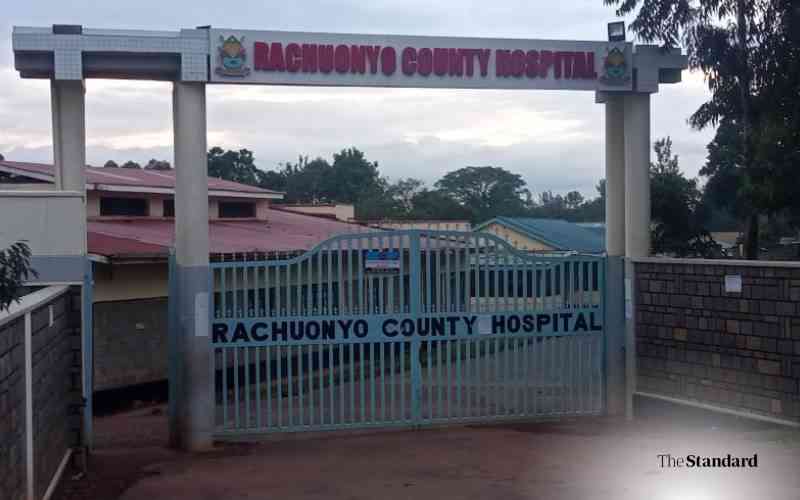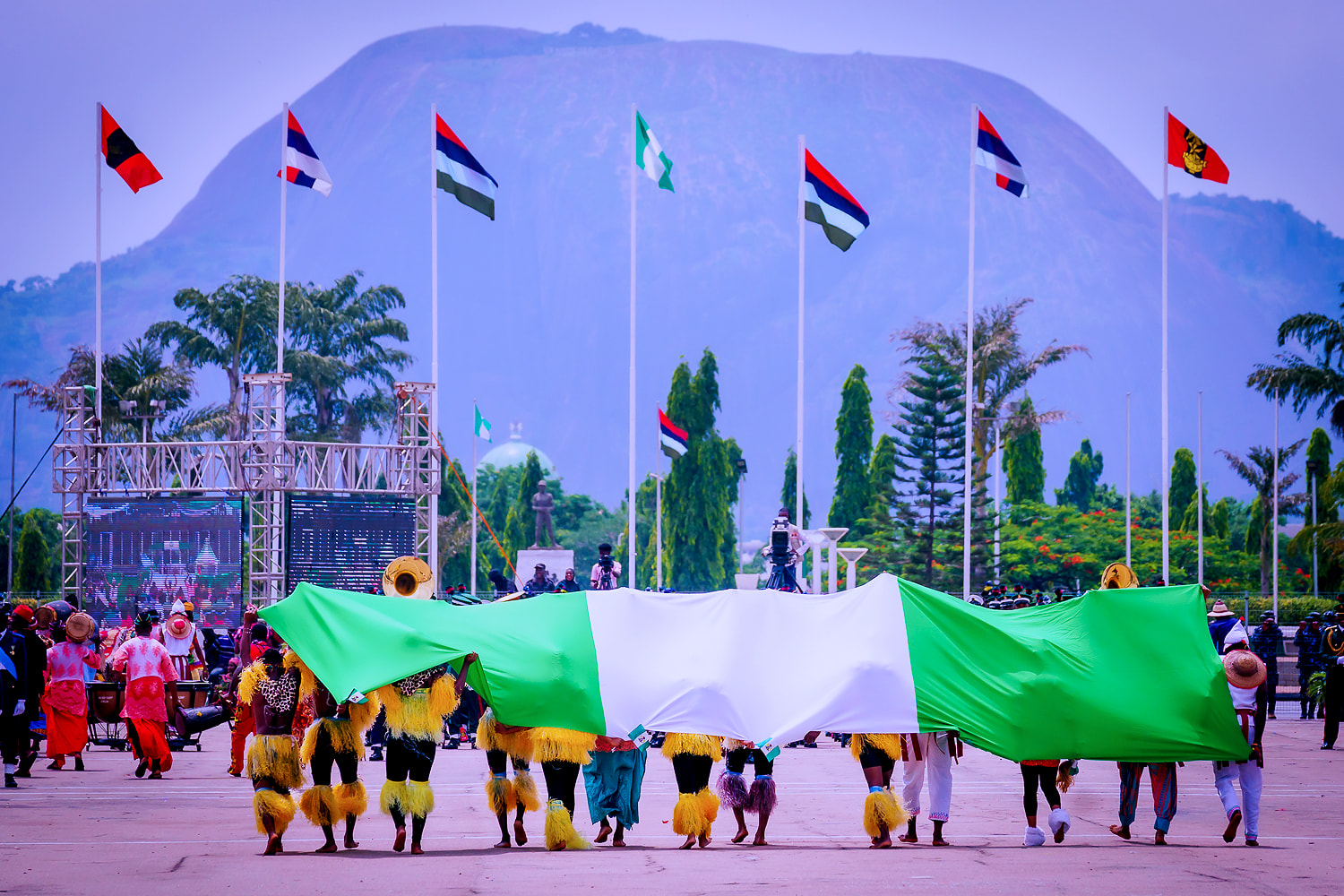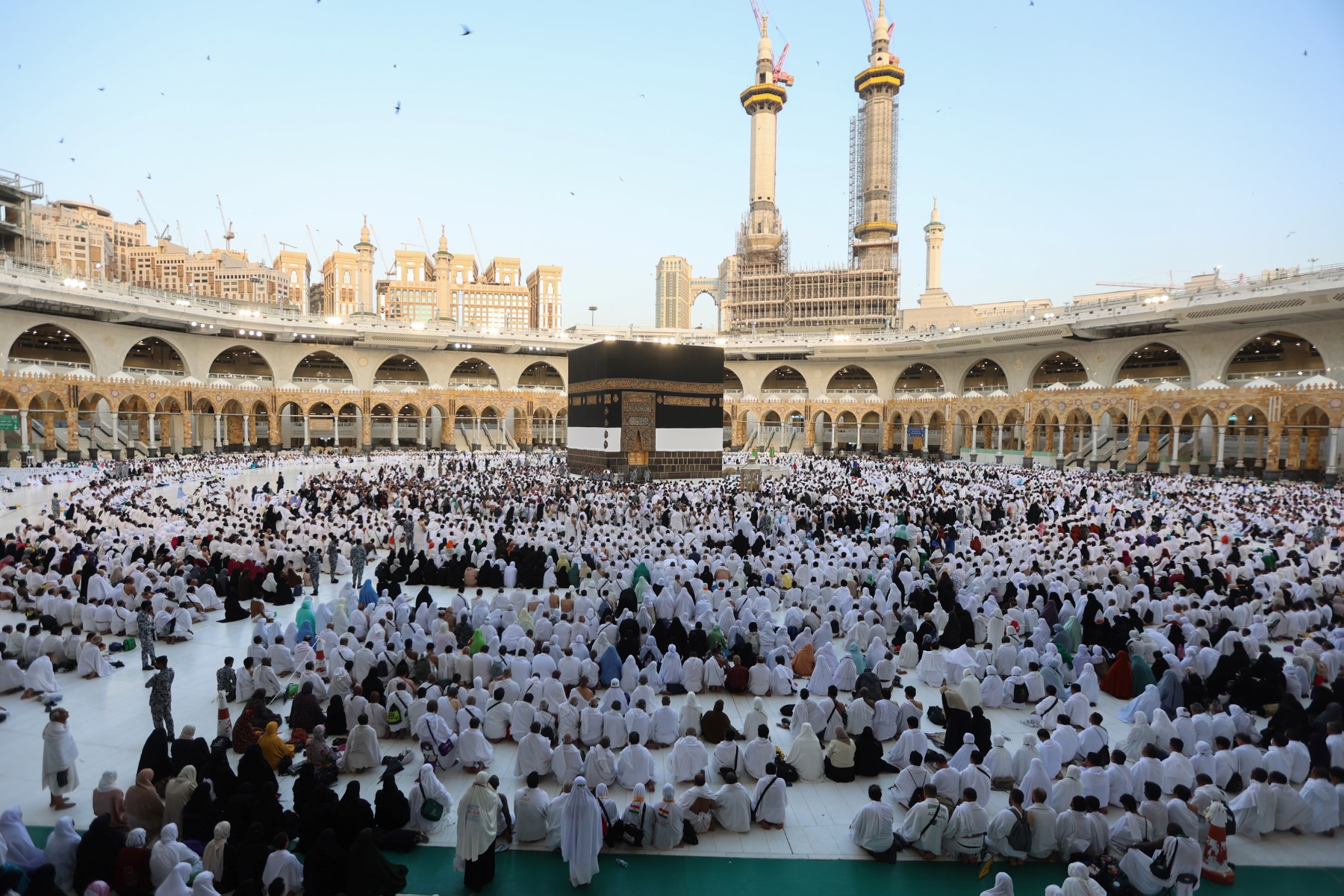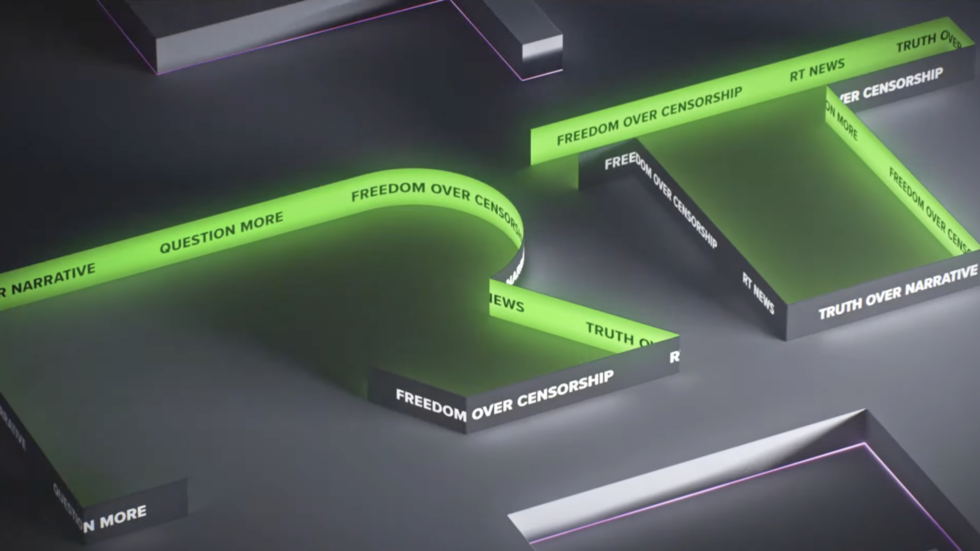Israel announces plan to seize 'extensive territory' in Gaza
Israeli air and artillery strikes on Gaza left around 20 people dead in the southern towns of Rafah and Khan Yunis on Tuesday night. The attacks continued Wednesday with a bombing of U.N. facilities in the northern part of the Gaza Strip, resulting in at least 19 deaths (nine of them children), according to an initial report from the Gaza Ministry of Health. Images from the Jabaliya refugee camp, where the bombing took place, show residents removing bodies from the burning facility and transporting some of the wounded by ambulance.
With this offensive, Israel has made clear its goal to occupy more territory in Gaza, potentially for an extended period of time or even permanently. The Israeli army announced the deployment of additional troops to southern Gaza on Wednesday. Shortly after, Defense Minister Israel Katz reinforced this expansionist stance, which has intensified since Israel decided to end nearly two months of ceasefire in the Gaza Strip on March 18. The minister reported that Israel was stepping up its operation against Hamas, which, he said, involves capturing “extensive territory that will be added to the State of Israel’s security zone.”
The main forum representing the families of the 59 Israeli hostages still held by Hamas (more than half of whom are presumed dead) said they “were horrified to wake up this morning to the defense minister’s announcement.” In a statement, the families said they believe Katz is sacrificing the hostages for the sake of “territorial gains.”
In a similar statement, another group of relatives accused Israeli Prime Minister Benjamin Netanyahu of refusing to “implement the agreement that Israel and Hamas signed” last January and of “burying the hostages alive,” according to the Haaretz newspaper.
Katz, for his part, has called on the Gazan population to join the fight against Hamas and facilitate the release of the hostages. The testimonies of some of the hostages who have already been released paint a horrifying picture of mistreatment, torture, and humiliation during their captivity, increasing the anguish and fear that those still held will not survive.
According to local media, the army’s 36th Division, which has been stationed in Lebanon in recent months, will now join the operation in the southern Gaza Strip. Its deployment to the Palestinian enclave was announced days ago. Day after day, as ground and air attacks continue alongside orders for the forced displacement of residents, the Netanyahu-led government is announcing new expansionist plans. All of this moves Gaza and its 2.3 million inhabitants further from one of the commitments made at the time of the ceasefire: the definitive withdrawal of Israeli troops as a prelude to the end of the war.
Katz’s plans point in the opposite direction: “Operation Strength and Sword [the new phase of the war] in Gaza is expanding to crush and cleanse the area of terrorists and terror infrastructure, and to seize large areas that will be added to Israel’s security zones,” he said in a statement.
Katz also reiterates what seems to be a call for Palestinians to continue rising up against Hamas: “I call on the residents of Gaza to act now to remove Hamas and return all the hostages. This is the only way to end the war,” he said.
Meanwhile, as part of its war strategy, the Israeli government is continuing its blockade of food, humanitarian aid, and medical supplies entering Gaza, which has now entered its second month, making it the longest ever.
Doctors Without Borders (MSF) described the blockade as a “deadly siege” and a form of “collective punishment.” “This deliberate infliction of harm on people is like a slow death; it must end immediately,” said Myriam Laaroussi, emergency coordinator for MSF in Gaza, in a statement. Her teams have been forced to treat wounds without painkillers and ration essential medicines.
On Monday, Israeli authorities ordered the largest forced displacement of Gaza’s population since the ceasefire was broken, affecting tens of thousands of people from Rafah and Khan Yunis. According to Israeli government announcements, the main focus of the current offensive is in the southern area, where the bodies of 15 emergency workers from the Red Crescent, Civil Defense Corps, and the U.N. have been recovered. All were victims of an attack on March 23 in Rafah, near the border with Egypt.
Since the ceasefire ended on March 18, the death toll in Gaza has risen to over 1,000, and more than 50,000 people — mostly women and children — have died since the war began following Hamas’ massacre of approximately 1,200 people in Israel on October 7, 2023.
Sign up for our weekly newsletter to get more English-language news coverage from EL PAÍS USA Edition












